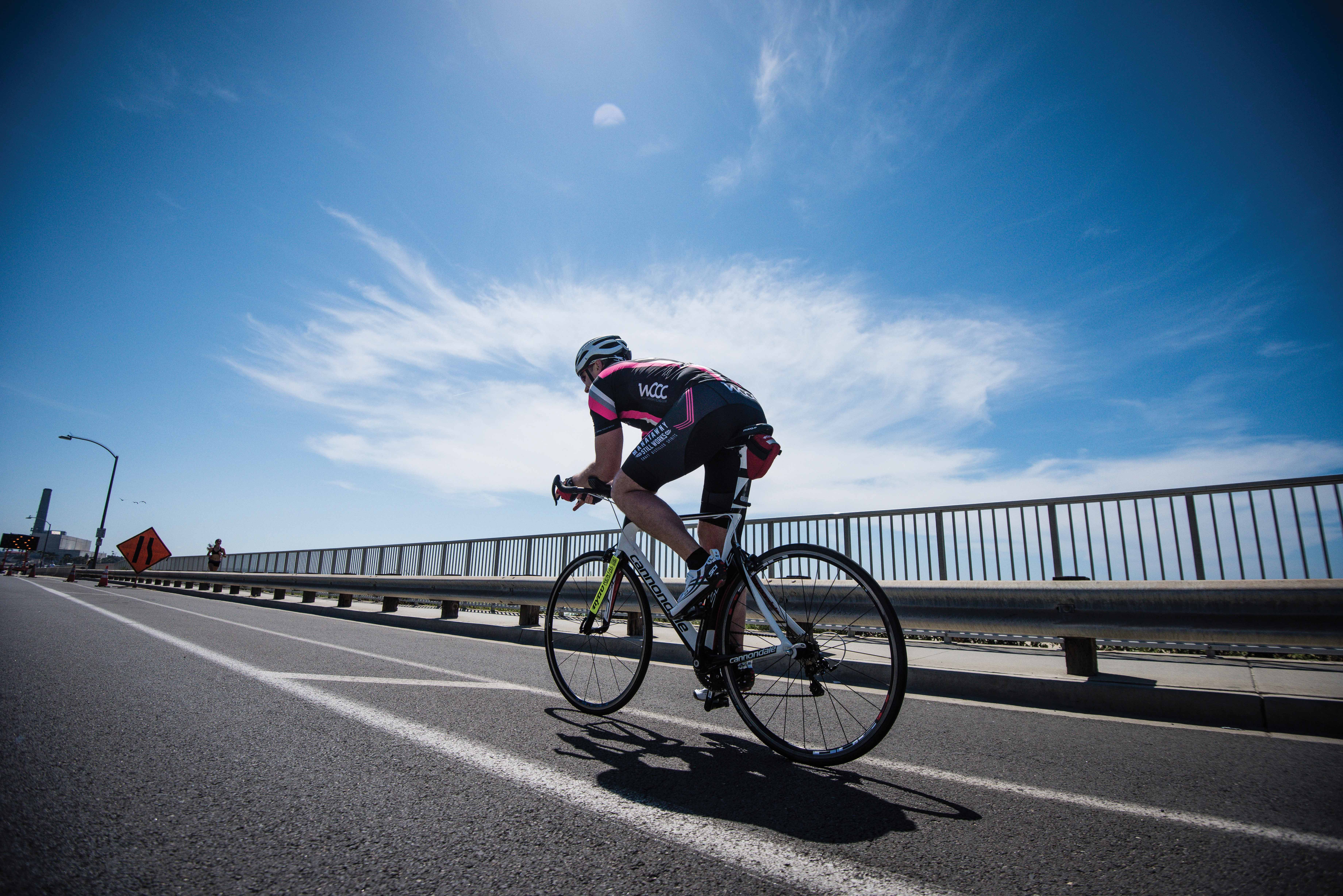Scout Your “A” Race Course

Photo: John David Becker
So it’s time to get serious about your “A” race and you want to make sure you are adequately prepared for the demands of the course. What’s the best way to approach your preparation? If given the chance, most athletes would research the course description, preview and hopefully pre-swim/ride/run the course, and come up with a pacing plan based on their abilities. With the help of technology you can take your preparation to the next level and leave no surprises to race day—without even leaving your house.
Course Recon
Low-tech version: You can do basic course scouting by asking others for their perceptions of the course and looking for race reports online. If given the chance, riding (or even driving) the course prior to race day is incredibly helpful.
High-tech version: Software such as Computrainer’s Racermate allows you to “ride” specific courses at home on a smart trainer. On the Racermate Course Exchange, you can upload/download courses to preview.
Bonus version: If you have access to a Computrainer studio or multi-rider setup, you can have friends join you for a preview ride on the same course. With this setup you can even “race” your friends virtually on the course.
RELATED: Preparing For A Race In An Unfamiliar Climate
Creating a pacing plan
Low-tech version: To create a basic pacing plan, you should look at your past performance files, previous races and recent training to come up with a realistic estimate of effort and performance potential for race day.
High-tech version: Create a detailed bike leg estimate using Best Bike Split (Bestbikesplit.com), which will take your power data, course info and race-day conditions to give you a power plan to target your best bike split.
RELATED: How To Pace Your Race
Deconstructing the terrain
Low-tech version: Look over every inch of the course and consider taking video with a GoPro camera to fine-tune your knowledge of turns and hills.
High-tech version: Using PerfPRO software (Perfprostudio.com), you can ride the past performance of another athlete. There are two ways to do this—you can take a performance file, complete with wattage values, and convert it to the proper percentage for your personal functional threshold power. Or you can ride the course gradients associated with the performance file. A pacer’s data can be added so it’s as if you’re training with a virtual rider.
Bonus version: If you’re willing to put in the time, the software allows you to upload your own videos and associate them with a workout or performance file.
RELATED: Why ‘Hard’ Courses Are Easier
The High-Tech Advantage
Pro TJ Tollakson used Best Bike Split to predict his time for Ironman Mont-Tremblant. He had estimated that a 4:30 might require a 300-watt average, but his Best Bike Split power plan showed he could average 279 watts and ride a 4:28. He ended up riding 4:26:55, averaging 278 watts, for a record-setting performance.